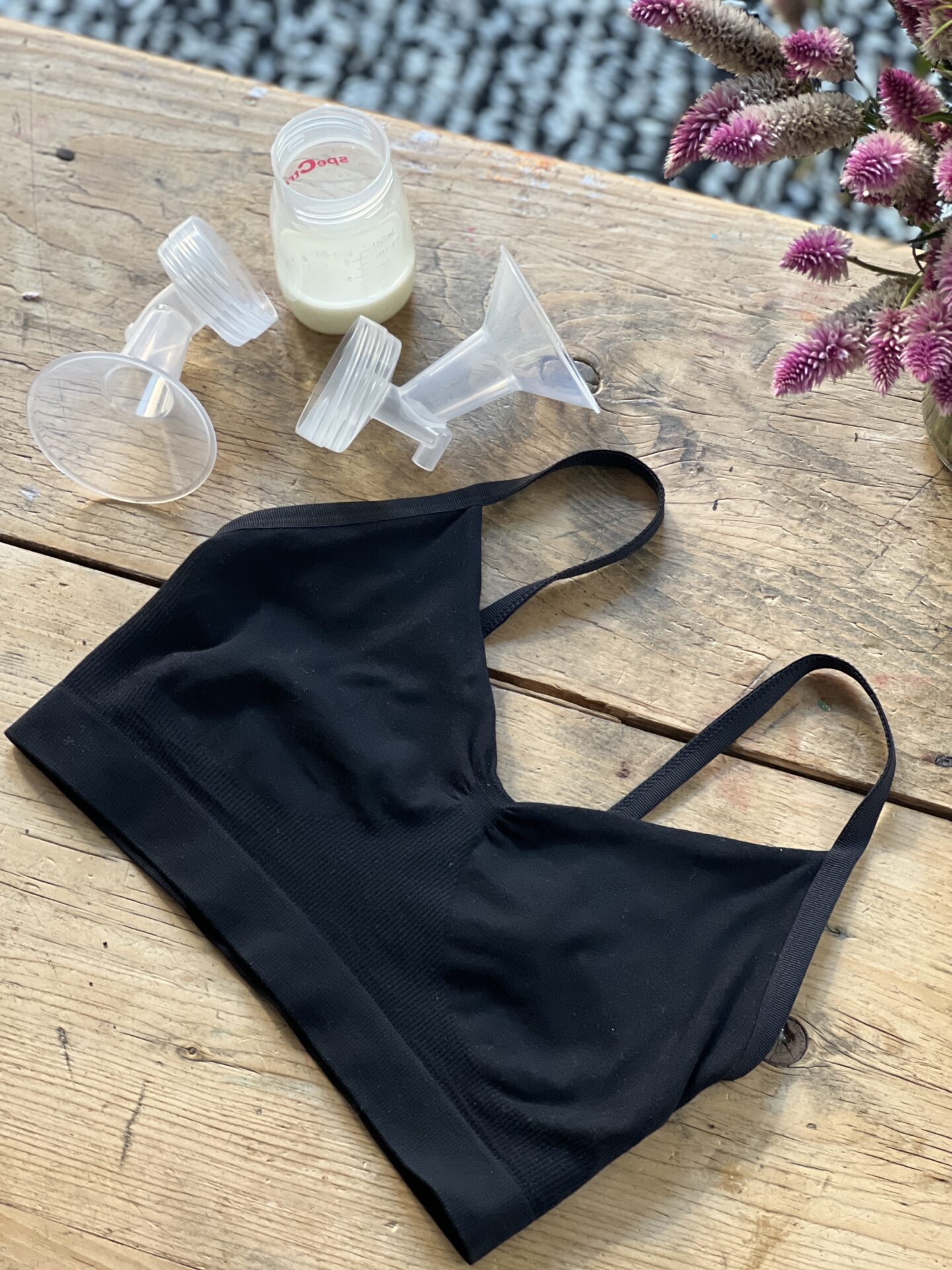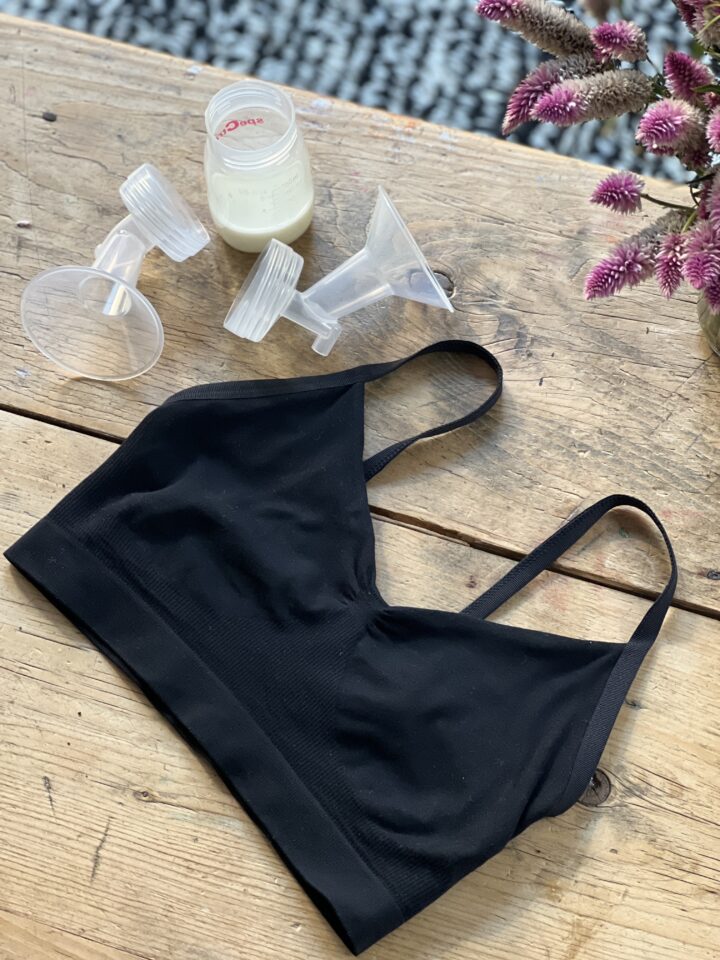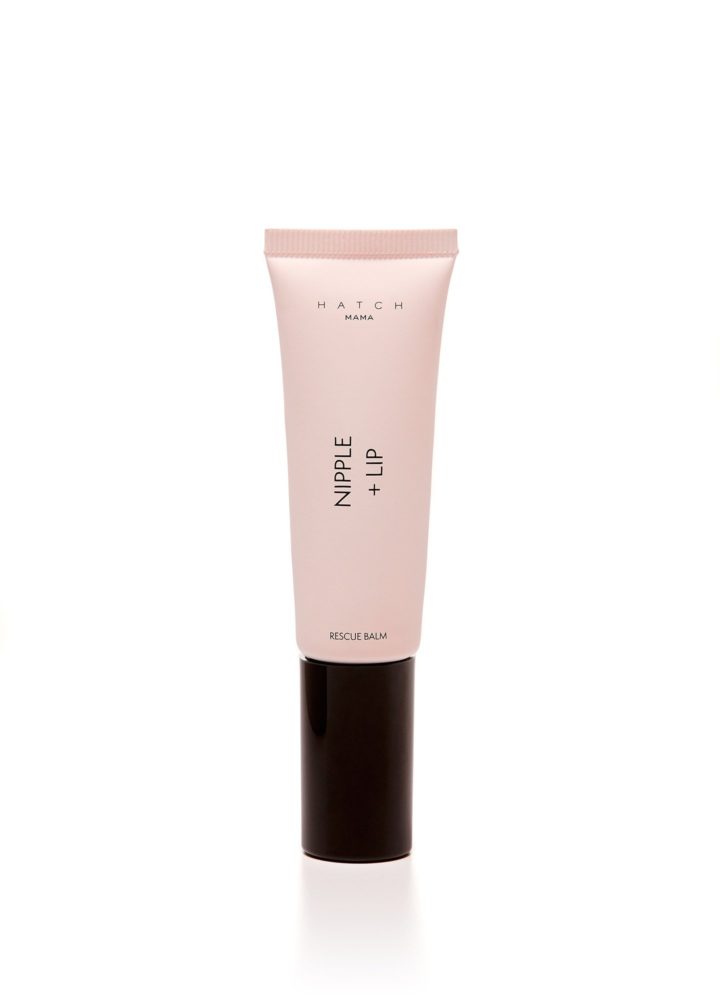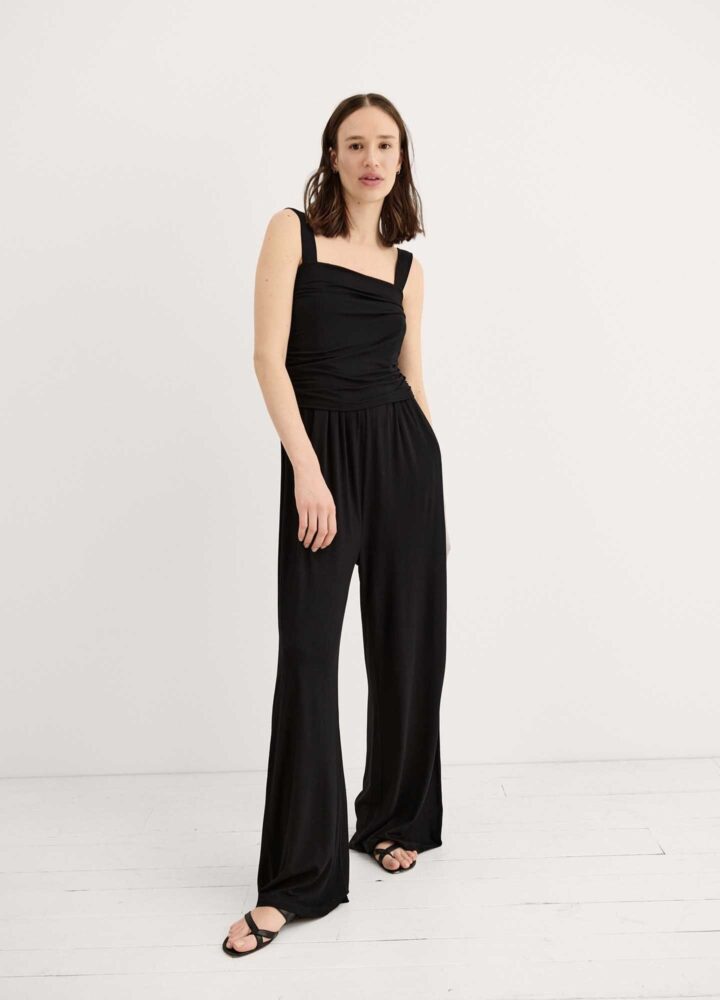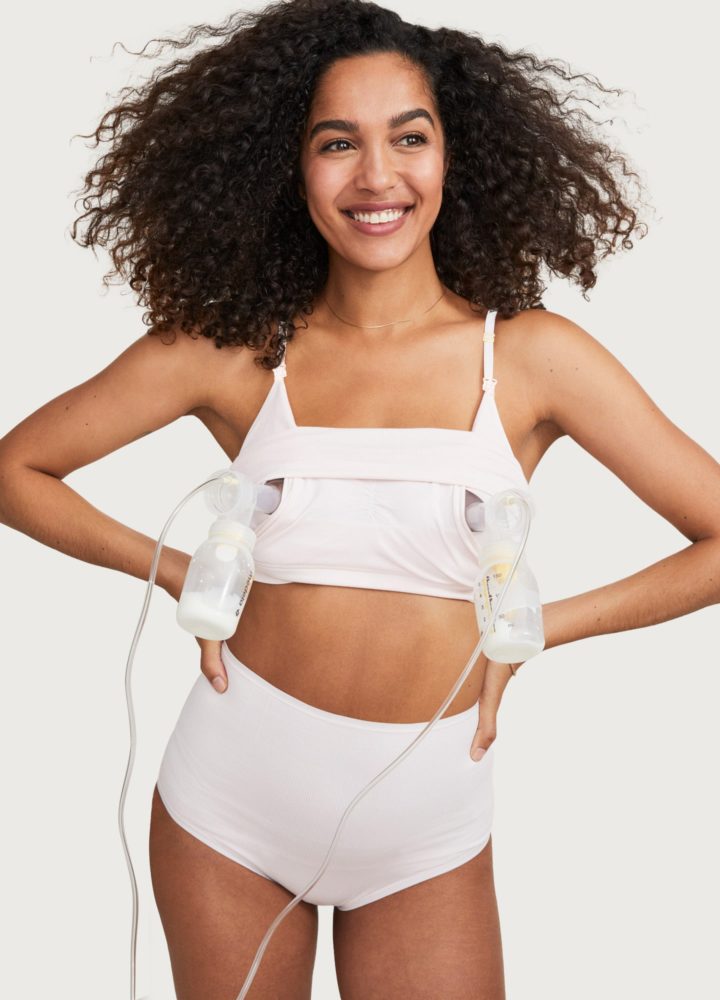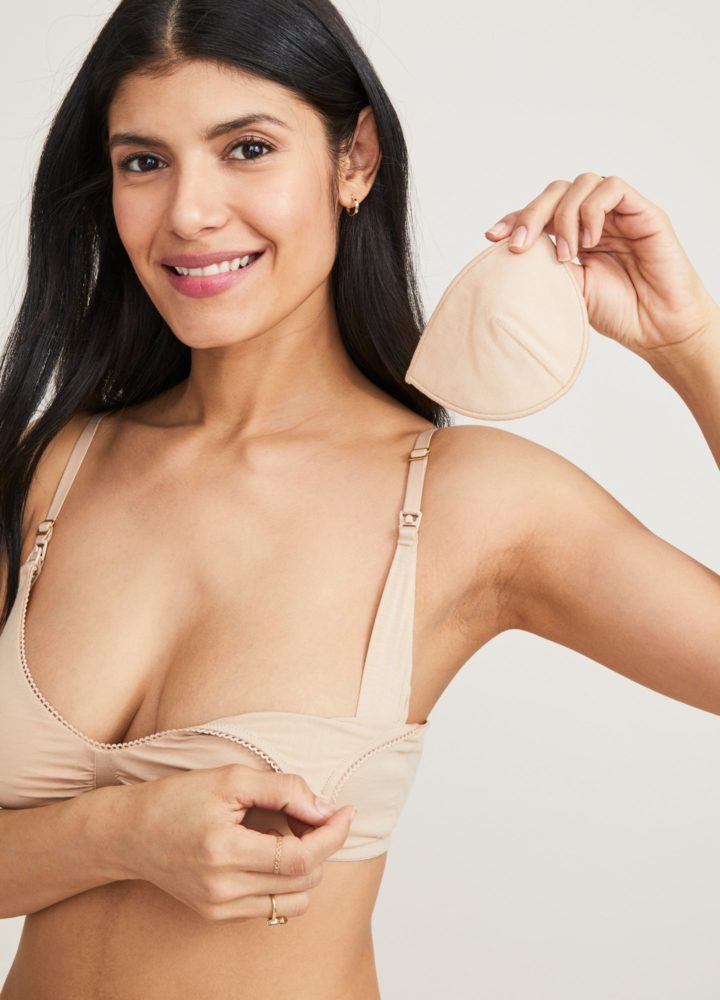As a new parent, you’re faced with countless decisions about your baby’s care. Will you go with a pink or blue color scheme in the nursery, or stick to something gender-neutral? How soon should you introduce solid food? And, one of the most significant choices you’ll make during early parenthood: Should you breastfeed or formula feed?
Choosing whether to breastfeed is a personal decision only you can make, and it’s important to remember that there’s no right or wrong answer. Both breastfeeding and formula feeding have advantages and disadvantages, and ultimately, it comes down to what works best for you and your babe.
If you’re a first-time mom and feeling a bit stumped, don’t stress. We’re here to walk you through everything you need to know about infant feeding.
Breastfeeding: The Basics
Breastfeeding your newborn can be an incredibly intimate experience, and there are a lot of reasons to consider it as your primary feeding strategy. Let’s talk about some of the benefits of breastfeeding.
Breast milk is widely renowned for its nutritional value — in fact, both the CDC and the American Academy of Pediatrics (AAP) describe breast milk as packed with vitamins, antibodies, and other nutrients. Research also suggests that breastfeeding can support the immune system of babies and breastfeeding mothers, which is crazy cool, in our opinion. Breastfed babies also have fewer ear infections.
Breastfeeding can also be convenient. You can feed your little one anytime and anywhere — no need to buy formula or worry about bringing a bottle with you wherever you go.
Leakages can also be common while breastfeeding, and you might want to stock up on some anti-leakage pads to slip into your nursing bra.
Plus, it can be exhausting to be your baby’s primary source of food, and — listen up — there is NO shame in that. Even with an able and willing partner, exclusive breastfeeding means getting up every three hours to feed, which is a major factor to consider before committing to the nipple.
Formula Feeding 411
Let’s address the elephant in the room — breastfeeding might be the “natural” way to feed your little one, but it’s not for everyone, and that is TOTALLY okay. There are many factors that might make breastfeeding not a viable option for you, from your work schedule to physical comfort levels to just plain ol’ not wanting to. All of these reasons are valid: no explanation needed.
Formula feeding has a huge one-up on exclusive breastfeeding: flexibility. If you choose to use infant formula, any parent or caregiver can feed your newborn — meaning less pressure on you (and, hopefully, more sleep!).
Not only does this make your schedule a bit more flexible, but it can also allow your partner or any other caregivers the chance to experience the intimacy and bonding experience of feeding your newborn. It also means you don’t have to think about navigating breastfeeding in public or be concerned about your vitamin D levels.
However, you might need to review the different ingredients in each formula type across a few different formula companies. Most formula is made from cow’s milk, so if your baby has a lactose intolerance, you might need to switch up the brand.
The downside is that you have to buy formula, which can be expensive and inconvenient. It also requires a bit more organization since you’ll have to make sure you have clean bottles and nipples always on hand (and at the right temperature). Formula milk doesn’t have the same antibodies as breast milk which may be a deciding factor for you.
The Combo: Pumping With/Without Formula Feeding
The other moms in your Mommy and Me yoga class might tell you that “Breastfeeding is natural, don’t worry.” While it is natural (we are mammals, after all), that doesn’t mean it comes easy. Some moms who experience difficulty in breastfeeding might request the assistance of a lactation consultant and then find their groove, or maybe they decide pumping is easier or works better with their schedule.
Other moms want to breastfeed but might not produce enough milk to meet their baby’s needs. They might choose to do a combo of breastfeeding/pumping/supplementing with formula. Their babies still get the health benefits of breast milk, but what matters most is that baby is well-fed and happy.
Quick reminder: Formula feeding entirely is also a smart plan for many parents. For example, adoptive parents, mothers with an incompatible Rh factor to their baby, and mothers who don’t have the time, prefer not to, or can’t breastfeed can all choose formula.
Basically, breastfed babies and formula-fed babies are all set up for success and are totally adorable. Even still, you might breathe a sigh of relief when you start transitioning your baby to solid foods around six months old. (Note that most experts recommend keeping formula or breast milk as part of the daily diet until at least a baby’s first year.)
Which Option Is Best?
We’ve said it before, and we’ll say it again: the best option is the one that works for you. Being a new mom can be stressful and overwhelming even when you don’t have to worry about feedings every three hours, and the last thing we want is for you to make a choice based on what you think you “should” be doing.
Before deciding which option is right for you, consider your lifestyle needs and physical comfort. Are you planning on taking a short maternity leave before getting back to work? Do you have a partner who may want to be involved in feedings as much as possible? In this case, formula feeding might be the best route for you.
Or perhaps you’re planning on taking an extended maternity leave, or the physical intimacy of breastfeeding is super important to you. In that case, nursing is a good choice.
Maybe you like both and opt to start combination feeding.
Don’t be afraid to discuss your options with your Ob/GYN, pediatrician, or another healthcare provider. Choosing between breastfeeding and formula can be a tough decision, and the input of your support system may help you figure out what the best option is.
Nursing Tips and Tricks
If you do choose to breastfeed, there are a few steps you can take to make the process a bit easier.
Nursing-Friendly Attire
Investing in a few high-quality nursing bras and nursing-friendly garments can make your life soooooo much easier postpartum. The right bra, like our favorite Essential Nursing and Pumping Bra, is seamless (read: no poking wires) and supportive, with thoughtful features that allow you to nurse and pump without a hitch.
This bra features discreet slits for pumping, a nursing clasp, and pull-down design for easy access anytime you need it. The adjustable straps and comfy ribbed modal fabric are added bonuses.
Check out the On-the-Go Nursing Jumpsuit for proof that nursing-friendly clothes can be stylish and practical at the same time. This wide-legged jumpsuit is cut from a buttery-soft jersey fabric and features a top layer that can be lifted up for breastfeeding and pumping purposes anytime. Flattering and functional — that’s what we like to see in a maternity wardrobe.
Last Note: Please Care About Self-Care
It’s no secret that breastfeeding can put a strain on your body, and being the best mom you can be means taking care of yourself as well as your newborn. Some of our favorite self-care products include this Nipple + Lip Rescue Balm (buh-bye, chapped and chafing nips) and our soothing Mama Calm Bath & Body Soak.
Because if anyone deserves some R&R time right now, it’s you.
Sources:
